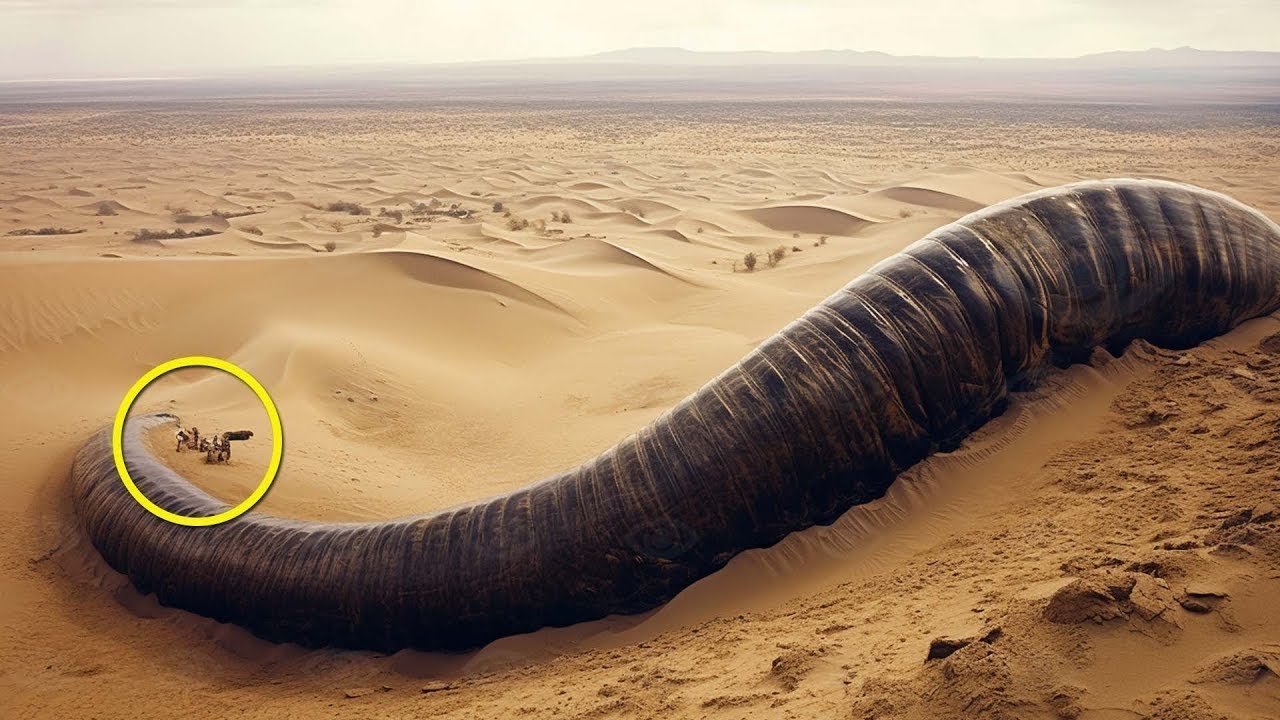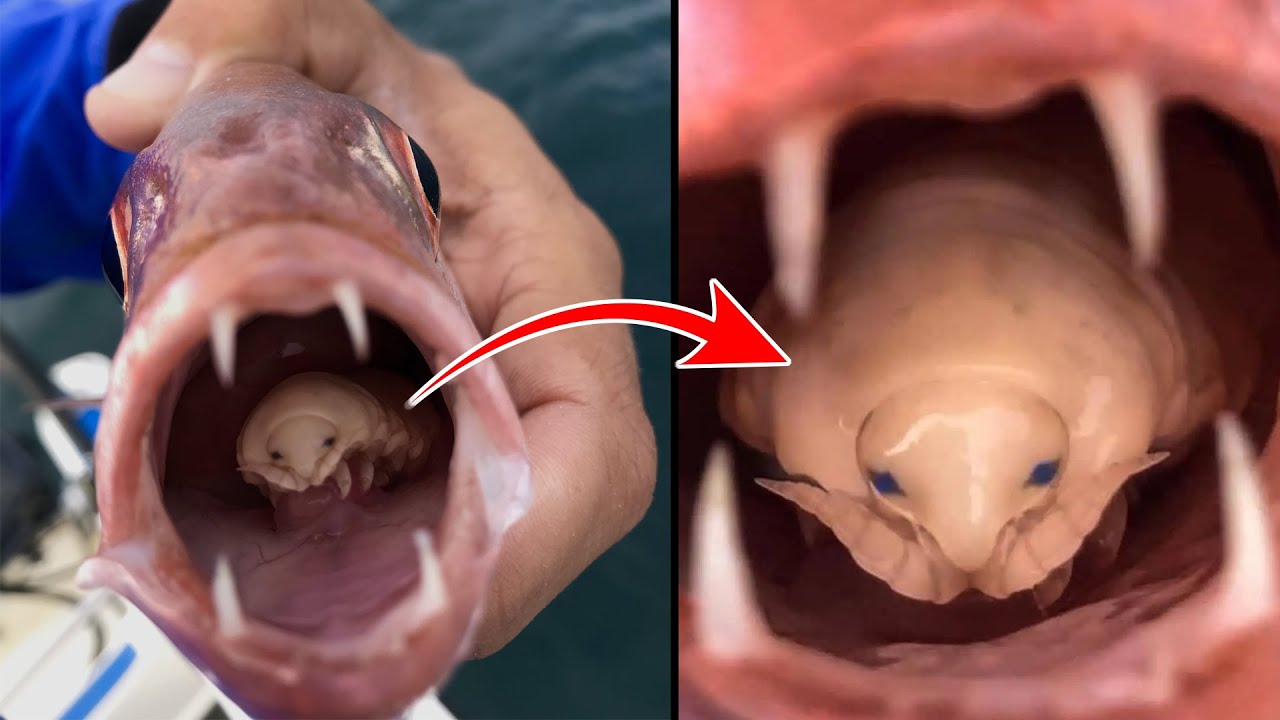Yes, you’ve read that right. The trick is called counterillumination.

Surprised or sad? Probably both and definitely creepy – at least by human standards. Image source: Imgur
Marine hatchetfish are some of the most intriguing creatures in the ocean. Members of the family Sternoptychidae, these small, silver-colored fish are named after their unique body shape, which resembles a hatchet or cleaver. While they may not look like much (their size ranges from 2.8cm to 12cm long), these tiny fish have actually evolved some unique adaptations that allow them to survive in the deep, dark depths of the ocean.

First of all, let’s talk about those bulging, nightmarish eyes. These little guys have some of the biggest eyes relative to body size in the entire animal kingdom. Why, you might ask? Well, it’s because they live in some of the darkest parts of the ocean, where there’s very little light. So, they need big eyes to see in the dark and pick out camouflaged prey swimming in the murky light above them. Or maybe they just like to keep an eye on things. And the fact that their eyes can focus close up or far away makes that even easier for them.

But here’s where it gets really interesting. Marine hatchetfish have the ability to produce their own light. That’s right, they’re bioluminescent. They have tiny organs on their belly that produce light at a color and intensity that matches the light filtering down.
This custom light show called “counterillumination” keeps them hidden in plain sight and helps them avoid detection by predators that rely on looking up to detect the silhouettes of their prey. By using counterillumination, hatchetfish are able to render themselves nearly invisible when viewed from below.
It’s the perfect camouflage, enabling them to remain hidden in various environments, ranging from the dim depths of the ocean to the brighter shallower regions they visit during their nocturnal search for food. Hatchetfish actually engage in the ocean’s largest daily commute, making a journey from depths of up to 1,500 meters (around 5,000 feet) to shallower waters. During the night, they unite with other creatures of the twilight zone and feast on zooplankton, which include ostracods, copepods, floating fish larvae, and crustaceans. But with the arrival of the sun, it’s time to make a retreat back to the twilight zone, as the hatchetfish never know when danger might strike.
Indeed, they direly need that light show camouflage, but even with these s𝓀𝒾𝓁𝓁s, they’re not invincible. The hatchetfish’s downward-facing, wide-mouthed expression, along with its large eyes, give it the appearance of a perpetually sad or surprised creature, almost as if it’s anticipating its inevitable fate of being consumed by a lancetfish or tuna.





